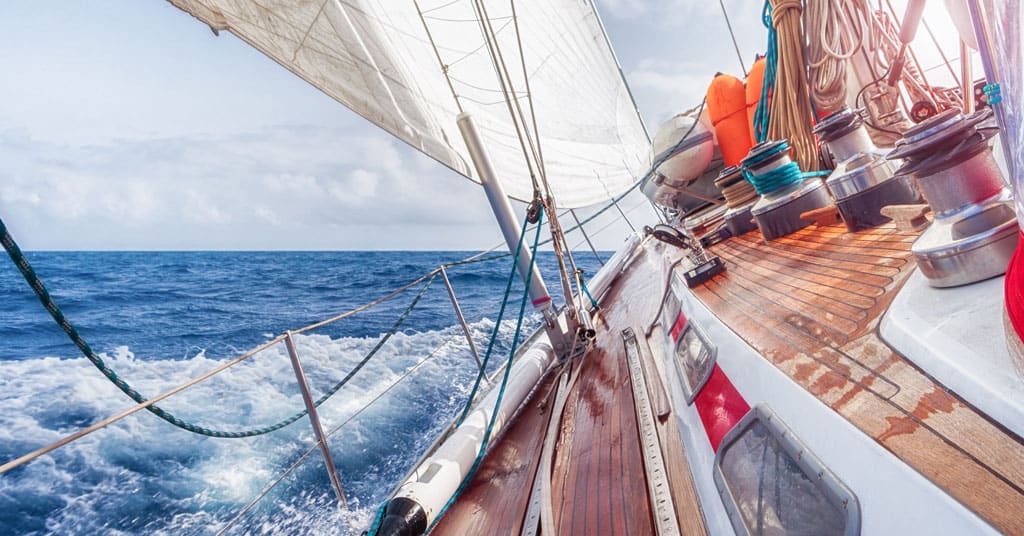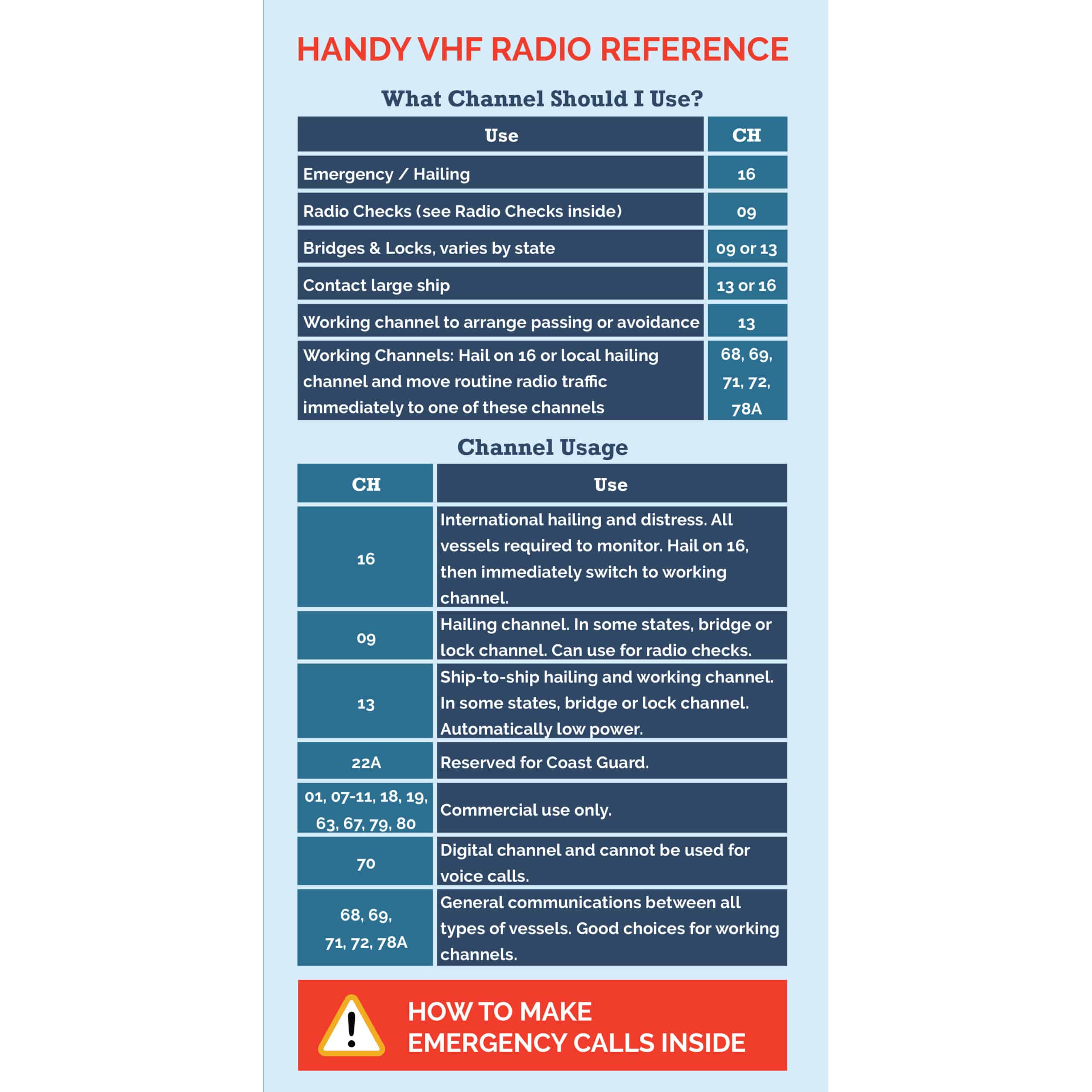You have a dream but wonder how to start living on a boat and cruising? The key is beginning with baby steps and taking shakedown cruises.
Dave and I believe in starting out simply. We move on incrementally once we’re comfortable with what we’re doing so far. And no, we haven’t always done that. And yes, we paid the price. When we bought our second boat, we vowed to do better.
What Are Baby Steps
To me, baby steps refers to adding one bit of complexity. You don’t have to make big jumps. For instance, when learning to moor or anchor, go to a field near the marina where you’re berthed. You already know the area. And the marina is right there if you discover a problem. It’s a much better approach than traveling 50 miles or more for your first night at anchor.
The Purpose of a Shakedown
The traditional concept of a shakedown — or shakedown cruise — refers to testing equipment. Basically, see what breaks in a given situation. But it’s not just about testing equipment. You can also test your knowledge and comfort with a new situation.
In this context, shakedown means getting comfortable with each “baby step”– basically feeling confident in our ability at that skill. Then take your next step. If we went out for a first anchorage and returned to the marina to fix a problem with the bridle, we’d return to that anchorage to make sure the problem was actually solved. There is no purpose in assuming everything is sorted once you’ve “fixed” the problem. You need to test it by repeating that baby step.
Over the years, we’ve seen people “ticking the boxes” of their baby steps and shakedowns. Instead, they should use each step as a learning experience. For example, if they’ve spent a night at anchor, they consider it “done” and go on to the next thing. And that’s even if they dragged, didn’t sleep, of had a miserable experience in general . But that’s not what a shakedown should be. A shakedown is a series of attempts at something, until we think we’ve got a good handle on it. Maybe not perfect, but pretty darn good every time.
Baby Steps and Shakedown Cruises Paired
Baby steps and shakedowns go hand-in-hand. You try something a little more advanced, and evaluate how you did. If it was less than satisfactory, keep at it until you are comfortable. Then move on to something else. Jumping forward or not being honest in evaluating how you did will only lead to more bad experiences.
I have encouraged people to go outside their comfort zone by saying “yes” to new experiences. But at the same time, I also urge anyone new to start living on a boat and cruising to push boundaries a little at a time. Build on experiences instead of trying to bulldoze past them.
Having problems doesn’t mean that you can’t move forward. Or at least it doesn’t to me. But it equally doesn’t mean that you should ignore that there is a problem. A problem that shows up during a shakedown phase simply means that it’s time to regroup. Think about why things aren’t working and what would make it better. Maybe the answer is to change the plans, get different equipment, set things up differently, get some more training or just take time to get experience. In any event, it’s important to get things straightened out before taking the next step.
Baby Steps & Shakedowns on our Way to the Keys
Before we headed to the Florida Keys, many asked us when w’get get there. They assumed that since we cruised on a previous boat, we’ll be off and running.
But no, we’re did more baby steps and shakedowns. First, we spent time in a marina. We figured out the boat’s basic living systems. And we changed what we found needed changing (either systems or our expectations). Then when we felt comfortable with that, we mooring about 100 yards outside the marina. The plan was to return to the marina if we found issues we couldn’t fix away from the dock.
We took advantage of every opportunity to learn from others. Fellow cruisers are a helpful bunch. You can too by checking out our course on The Basics of Living on a Boat. Or take advantage of the All-Access Pass to save big on all our courses.
Don’t allow yourself to feel pressured by time. Learning curves aren’t on a schedule, especially when you’re new to living on a boat and cruising. Leave time for plenty of baby steps and shakedowns.
Flatten the learning curve with practical how-to info that gives you the confidence to step into life aboard.
Start Learning Today

Carolyn Shearlock has lived aboard full-time for 17 years, splitting her time between a Tayana 37 monohull and a Gemini 105 catamaran. She’s cruised over 14,000 miles, from Pacific Mexico and Central America to Florida and the Bahamas, gaining firsthand experience with the joys and challenges of life on the water.
Through The Boat Galley, Carolyn has helped thousands of people explore, prepare for, and enjoy life afloat. She shares her expertise as an instructor at Cruisers University, in leading boating publications, and through her bestselling book, The Boat Galley Cookbook. She is passionate about helping others embark on their liveaboard journey—making life on the water simpler, safer, and more enjoyable.










The Boat Galley says
Good for you!
Frances Liz Fernandez says
really good advice